iPhone 12 just embarrassed all other 5G phones — here’s why
Up until now, 5G was a costly gimmick. The iPhone 12 changes that.
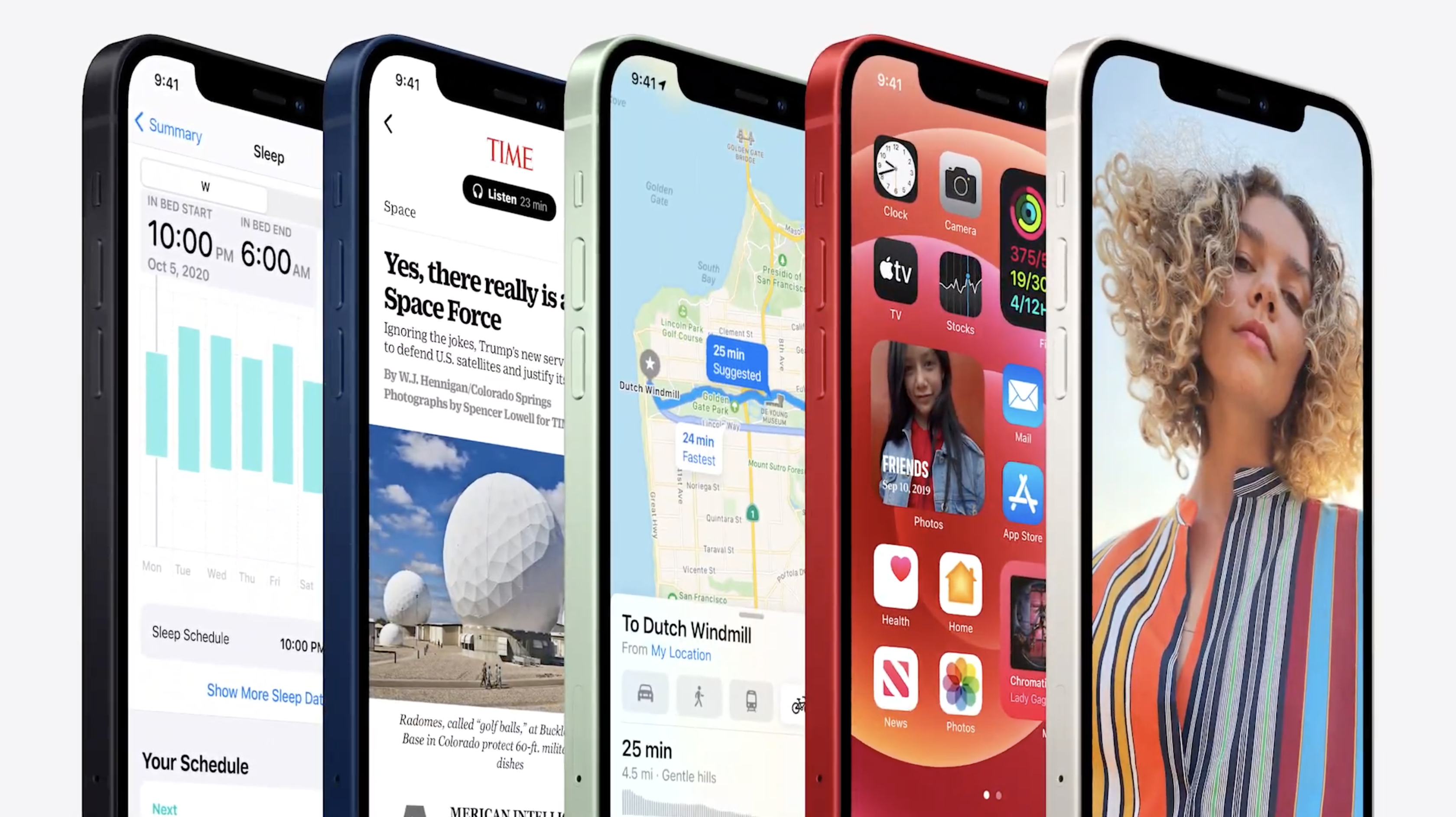
For all its revolutionary potential, 5G has really only made smartphones worse so far — at least, until this week’s iPhone 12 announcement.
The adoption of 5G, which is technically offered by all three major U.S. carriers yet either irrelevant to or unusable for most people, has only made smartphones bigger, more power-hungry and thus, more expensive. 5G is in part why the Galaxy S20 costs $250 more than its predecessor. And you have to be extra careful about where and how you buy a 5G phone, because only certain devices can take advantage of certain networks.
- iPhone 12 pre-orders are live: How to get yours now
- Galaxy S21 will have the iPhone 12's biggest missing feature
- Plus: The 7 biggest reasons to buy an iPhone 12
Thus far, this is the compromise we’ve had to accept: because of 5G, phone buying today is far more complicated, for no immediate benefit. Rather, carriers and phone makers have hopelessly tried to entice us with the promise that one day, you might be standing on a street corner in downtown Minneapolis when the inspiration would strike to download the entire third season of Schitt’s Creek in less than a minute. You’d do it, thankful that you spent an extra $300 for the privilege, and wonder how you ever lived any other way.
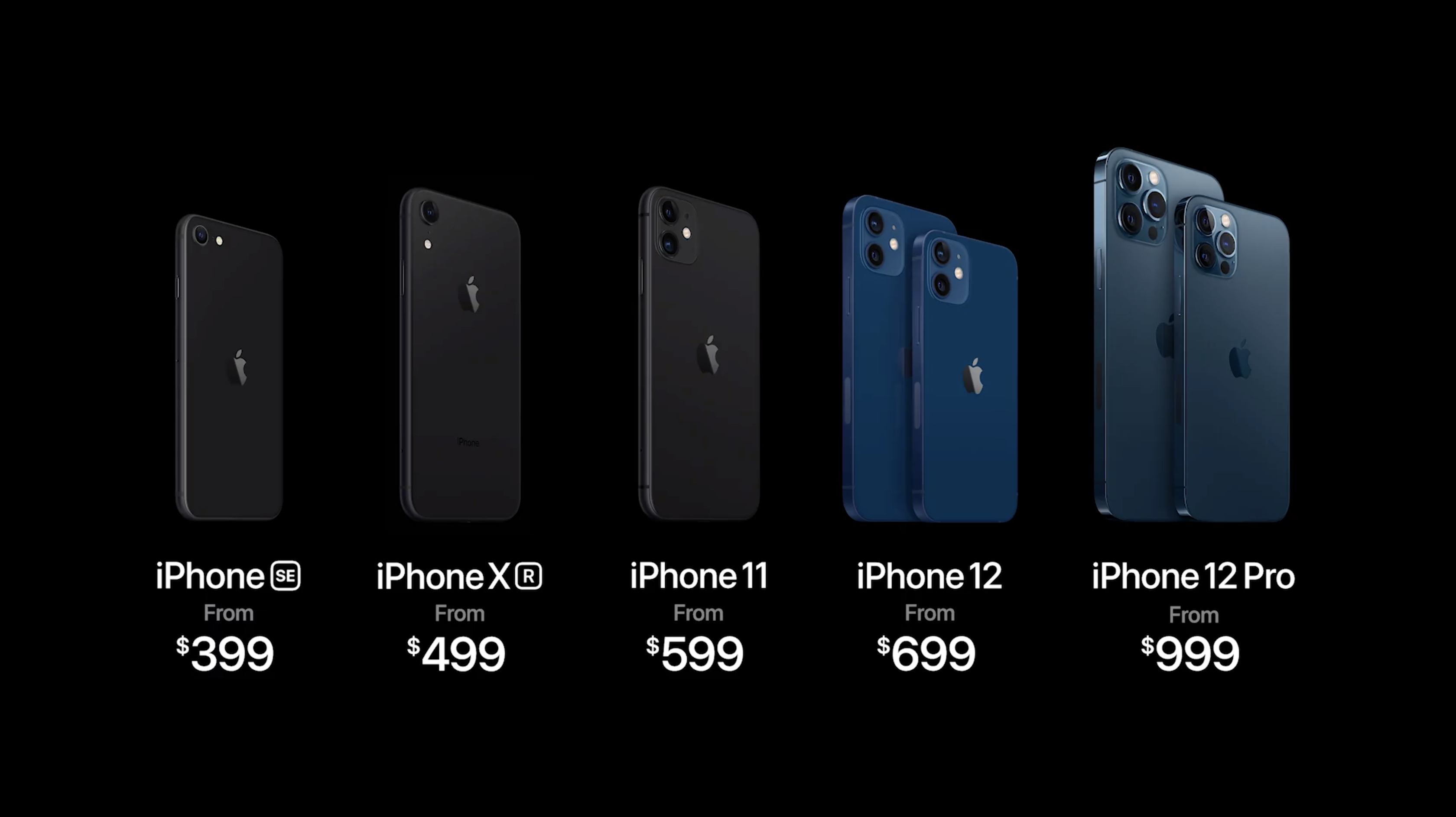
Sure, Apple’s iPhone 12 unveiling checked off a few of those trite 5G buzzwords, citing “amazing possibilities” and even marking a surprise guest appearance from the CEO of Verizon. Thankfully though, none of that mattered when the keynote concluded and we finally saw the prices: $699 for the base iPhone 12 mini, $799 for the iPhone 12, $999 for the iPhone 12 Pro, and $1,099 for the top-of-the-line iPhone 12 Pro Max.
At a time when pretty much every phone maker is ratcheting up cost, Apple kept the prices of its latest iPhones mostly consistent with the outgoing generation, which was already consistent with the generation before that. And that deserves some praise, particularly because no matter which iPhone 12 you buy, you’re getting the same 5G experience — the best 5G experience available now.
The iPhone 12 makes 5G simple

Apple says the iPhone 12 range supports the widest assortment of 5G bands of any phone on the market; it also rightly claims that the iPhone 12 mini in particular is the “lightest, smallest and thinnest 5G phone ever.”
There are many 5G phones out there today, and some are even quite cheap. But the most affordable 5G phones tend to share one thing in common. They only support the long-range flavor of 5G — the sub-6GHz low- and mid-band spectrum. This style of 5G carries the furthest and serves as the backbone for the nationwide coverage you see from the likes of AT&T and T-Mobile. But at best, sub-6GHz 5G can only offer speeds slightly faster than the best modern LTE. And in practice, real-world performance has been far worse than that on average.
Sign up to get the BEST of Tom's Guide direct to your inbox.
Get instant access to breaking news, the hottest reviews, great deals and helpful tips.
iPhone 12 owners aren’t forced to pay more now for the privilege of 5G they might hopefully use someday.
The iPhone 12 line supports that kind of 5G, but also includes support for millimeter-wave (mmWave) 5G. This is the type of 5G that’s typically reserved for the priciest handsets. Millimeter wave offers truly astonishing data speeds upwards of 2Gbps — likely many times faster than your home internet connection — though only over short distances, within line of sight of one of the many mmWave small cells dotting a handful of America’s cities.
Honestly, I don’t think either of these 5G technologies are particularly useful to anyone yet. I’d hazard a guess and say maybe they will be in a year, but even that estimation could be too soon. I personally don’t think we’ve yet reached the tipping point where it’d be foolish to buy an LTE-only phone. But what I appreciate about Apple’s tack here is that iPhone 12 owners aren’t being forced to pay more now for the privilege of 5G they might hopefully use someday.
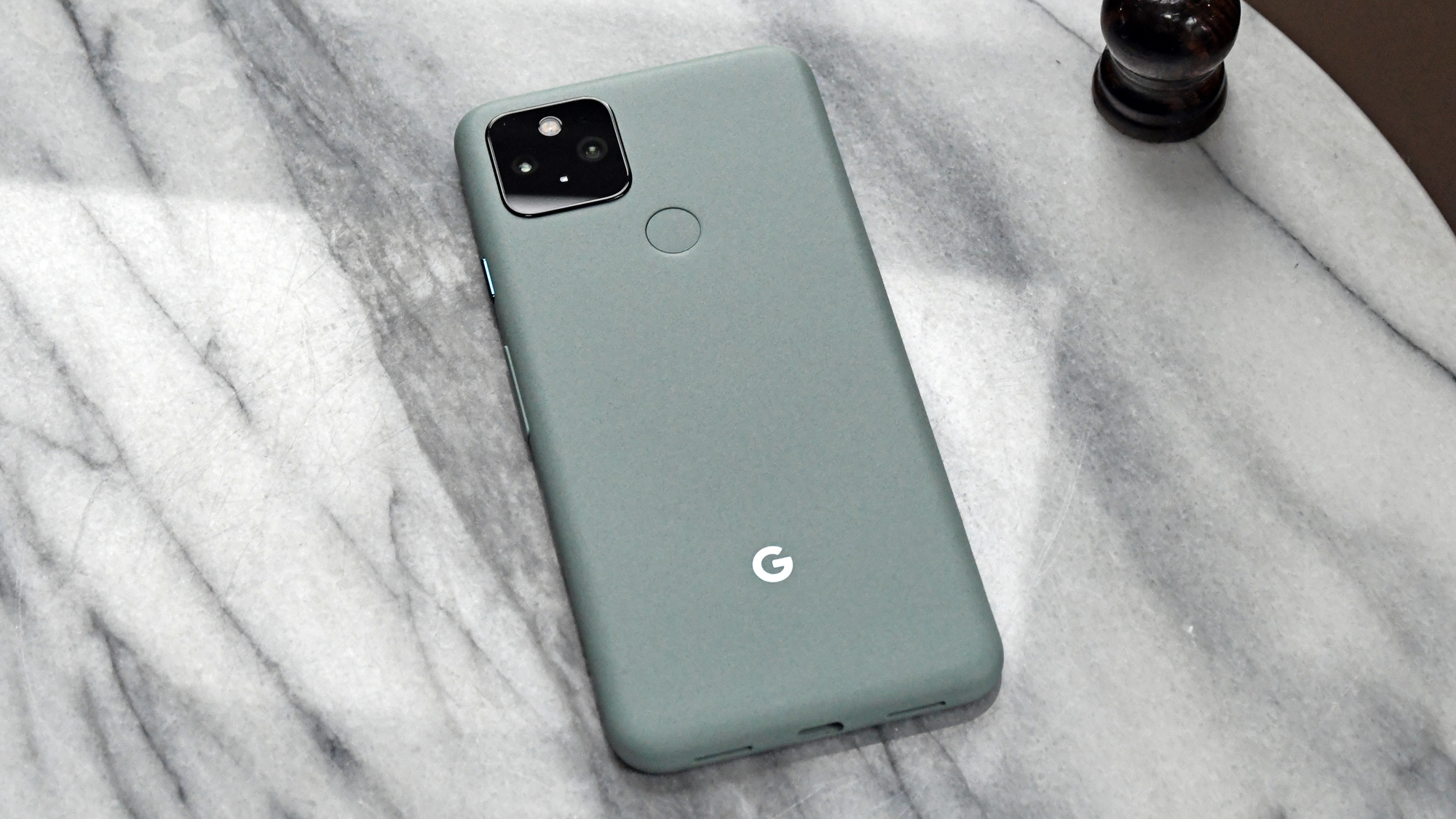
On the surface, that also looks to be true for the new Samsung Galaxy S20 FE and Google Pixel 5, both of which start at $699, just like the cheapest iPhone 12. In both cases, however, there are catches. The Galaxy S20 FE only offers mmWave on Verizon — the variant sold unlocked, and through other carriers, is sub-6GHz 5G only. The Pixel 5, meanwhile, matches the iPhone 12’s broad 5G coverage, but offers markedly inferior overall performance, owing to a much more modest CPU.
iPhone 12 owners also won’t have to put up with absurdly gigantic handsets that are offensive to pockets, all in the name of faster theoretical data speeds. Wired’s Brian Barrett heralded the iPhone 12 mini’s reveal as the “triumphant return of the good small phone,” and I wholeheartedly join him in rejoicing. It’s like most phone makers got so carried away in the dizzying game of one-upmanship that they fell deaf to the very reasonable ask of a phone usable with one hand.
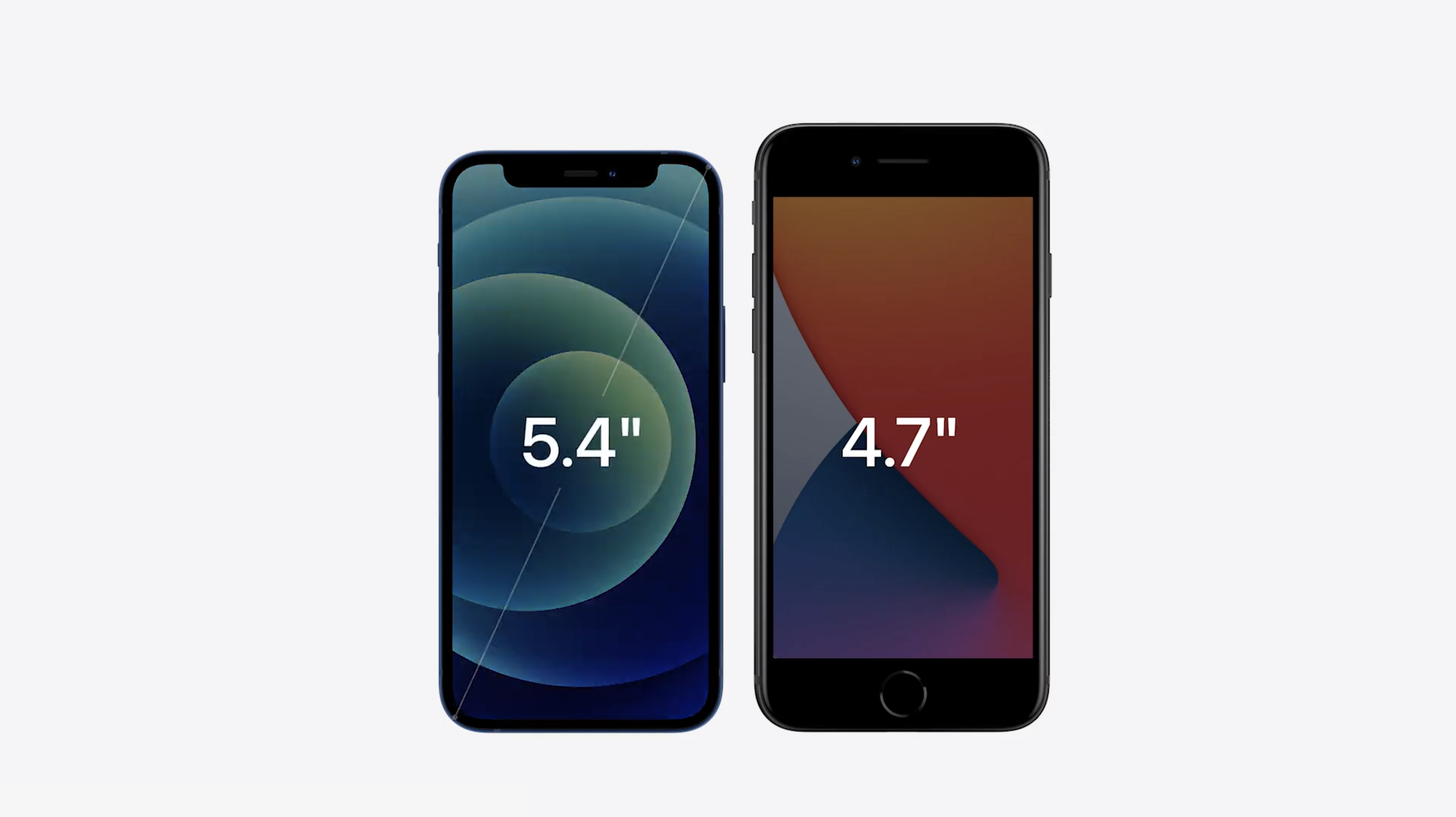
That’s not to say I don’t have my reservations about the iPhone 12 mini — namely, its longevity on a charge. Without knowing precisely how large the battery inside that device is, I can’t imagine it’s generously sized given the phone’s diminutive footprint. (Leaks point to about a 2,200-mAh capacity). And while iPhones tend to manage power better and typically can survive on smaller batteries than their Android counterparts, they’re still subject to the laws of nature.
The iPhone SE lasted a below-average 9 hours and 18 minutes in our custom battery test, and that device didn’t have an OLED screen or 5G antennas to light up. I’m curious as to how the iPhone 12 mini will fare with those considerations; I’m even a little worried about the 6.1-inch iPhone 12 and iPhone 12 Pro models, as Apple uncharacteristically didn’t say one reassuring word about battery life during its launch event.
The iPhone 12 sets the right example
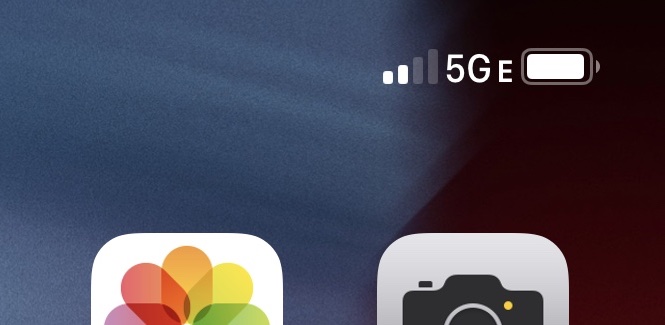
Those answers will surely reveal themselves in due time. For now, anyway, I can at least say that Apple is actually leading the industry by example — and not in the bad way, like when it killed headphone jacks four years ago. Rather, Apple has demonstrated in a year racked by economic hardship that it is indeed possible to build state-of-the-art 5G phones without driving up prices.
With the iPhone 12, Apple has taken greater care for the accessibility and affordability of 5G than any of its rivals to date.
That’s really important, because although some studies suggest the public indeed wants 5G, people’s chief concern has been whether or not they’ll be able to afford their next phone. According to a GlobalWebIndex survey from March, “the potential increase in smartphone costs (41%) is by far the most-cited concern about 5G among 5G-aware consumers in the U.K. and U.S.”
There’s also the issue of misinformation to contend with. Another survey, conducted by phone reseller Decluttr, found that 1 in 3 iPhone owners already think their device is 5G capable (likely a consequence of AT&T’s misleading 5G Evolution marketing for LTE Advanced speeds). What’s more, 16% either reported that they didn’t know or mistakenly believed their iPhones supported 6G, which doesn’t exist yet.
Regardless of whatever innovations 5G may bring, if the phones that benefit from it are too expensive, or if the concept of 5G is so difficult to grasp that users don’t even know if they already have it or not, the technology can’t grow at a rapid pace.
Of course, 5G was never going to matter to the vast majority of people until it appeared in an iPhone — this generational shift inevitably needed Cupertino’s endorsement to hit critical mass. But the iPhone 12 will help the industry get there faster, precisely because Apple took greater care for accessibility and affordability than its rivals ever bothered to.
Adam Ismail is a staff writer at Jalopnik and previously worked on Tom's Guide covering smartphones, car tech and gaming. His love for all things mobile began with the original Motorola Droid; since then he’s owned a variety of Android and iOS-powered handsets, refusing to stay loyal to one platform. His work has also appeared on Digital Trends and GTPlanet. When he’s not fiddling with the latest devices, he’s at an indie pop show, recording a podcast or playing Sega Dreamcast.
